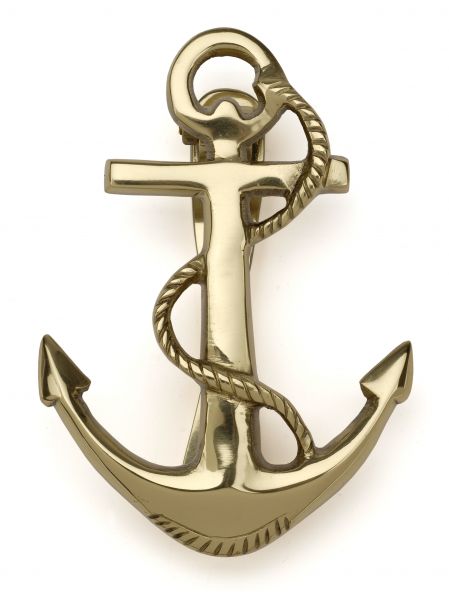Fitzgerald left Superior, Wisconsin on the afternoon of Sunday, November 9, 1975 under Captain Ernest M. McSorley. She was en route to the steel mill on Zug Island, near Detroit, Michigan, with a full cargo of taconite, a low grade of iron ore commonly found in the area around Lake Superior. A second freighter, Arthur M. Anderson, destined for Gary, Indiana out of Two Harbors, Minnesota, joined up with Fitzgerald. Fitzgerald, being the faster ship, took the lead while Anderson trailed not far behind.
Crossing Lake Superior at about 13 knots (15 mph/24 km/h), the boats encountered a massive winter storm, reporting winds in excess of 50 knots (58 mph/93 km/h) and waves as high as 35 feet (10 m). Because of the storm, the Soo Locks at Sault Ste. Marie were closed. The freighters altered their courses northward, seeking shelter along the Canadian coast. Later, they would cross to Whitefish Bay to approach the locks.
Late in the afternoon of Monday, November 10, sustained winds of 50 knots were observed across eastern Lake Superior. Anderson was struck by a 75-knot hurricane force gust. At 3:30 PM Fitzgerald radioed Anderson to report a minor list developing and top-side damage including the loss of radar. Visibility was poor due to heavy snow, and the Coast Guard warned all ships to find safe harbor. Fitzgerald's two bilge pumps were running continuously to discharge shipped water. The lighthouse and navigational radio beacon at Whitefish Point had also been knocked out by the storm. Fitzgerald was ahead of Anderson at the time, effectively blind, therefore, she slowed to come within 10 miles range so she could receive radar guidance from the other ship.
For a time Anderson directed the Fitzgerald toward the relative safety of Whitefish Bay. At 5:45PM, Captain McSorley radioed another ship, Avafors, to report that Fitzgerald was suffering a bad list, had lost her radars, and had seas washing over her decks. McSorley described the situation as, "One of the worst seas I've ever been in."
The last communication from the doomed ship came at approximately 7:10 PM, when Anderson notified Fitzgerald of being hit by rogue waves large enough to be caught on radar, that were heading Fitzgerald's way, and asked how she was doing. McSorley reported, "We are holding our own." A few minutes later, she apparently sank; no distress signal was received. Ten minutes later Anderson could neither raise Fitzgerald by radio, nor detect her on radar. At 8:32 PM, Anderson informed the U.S. Coast Guard of their concern for the ship.
Does anyone know where the love of God goes when the waves turn the minutes to hours?

No comments:
Post a Comment